Mercedes-Benz’s new Mercedes-Benz S-Class aims to continue the plush four-door saloon’s dominance of the global luxury car market with a technological showcase that combines comfort, space, efficiency, safety, quality and connectivity.
Set to hit UK showrooms in September, the new Mercedes flagship is charged with the task of replacing not one but two model lines: the previous-generation S-class (which has been on sale since 2007) and the discontinued Maybach brand’s 57 and 62 limousines.
Reflecting its importance, the car, codenamed W222, is planned for no less than five variants: standard wheelbase, LWB, extra-long wheelbase, coupé and cabriolet.
Stylistically, the new S-class is more evolutionary than revolutionary, representing a progression of the outgoing model rather than a new direction. It shows obvious heritage in many elements, but the surfacing treatment is contemporary enough to give modern appeal, while drag has been cut, too. Mercedes design boss Gorden Wagener describes the car as having “more noble visual character” than its predecessor.
Up front is a traditional grille with added chrome, increased width and greater prominence than on any recent Mercedes. Other features of note include larger headlights with more internal detail, an intricate front bumper, more contoured bonnet, less prominent wheel arch flares and a signature dropping flank line that runs from the headlights to just above the rear wheels.
The W222’s underpinnings have also evolved from the W221’s, albeit with numerous revisions. These are most notable in the area of electronics, where the new car adopts some interesting new safety features. These include an illuminated belt buckle extender and airbags within the rear-seat belt straps. Models equipped with the optional reclining rear seat also get an airbag within the seat cushion to prevent the occupant sliding forwards during an accident.
In LWB guise, the new S-class employs the same 3165mm wheelbase as its predecessor. Dimensionally, the new car is 20mm longer and 28mm wider but 2mm lower than before at 5246mm, 1899mm and 1483mm respectively.
The inclusion of the rear seats’ optional reclining function has lead to a 30-litre reduction in boot space to 530-litres.
With a kerb weight of 1900kg, the S350 Bluetec tips the scales 20kg below its predecessor. At the same time, it is claimed to have the most rigid body structure in its class.
Petrol, petrol-electric, diesel and diesel-electric drivetrains will all be offered. All will come with a seven-speed automatic gearbox from the outgoing model carrying revisions that, Mercedes claims, provide smoother, faster and more intuitive shifting.

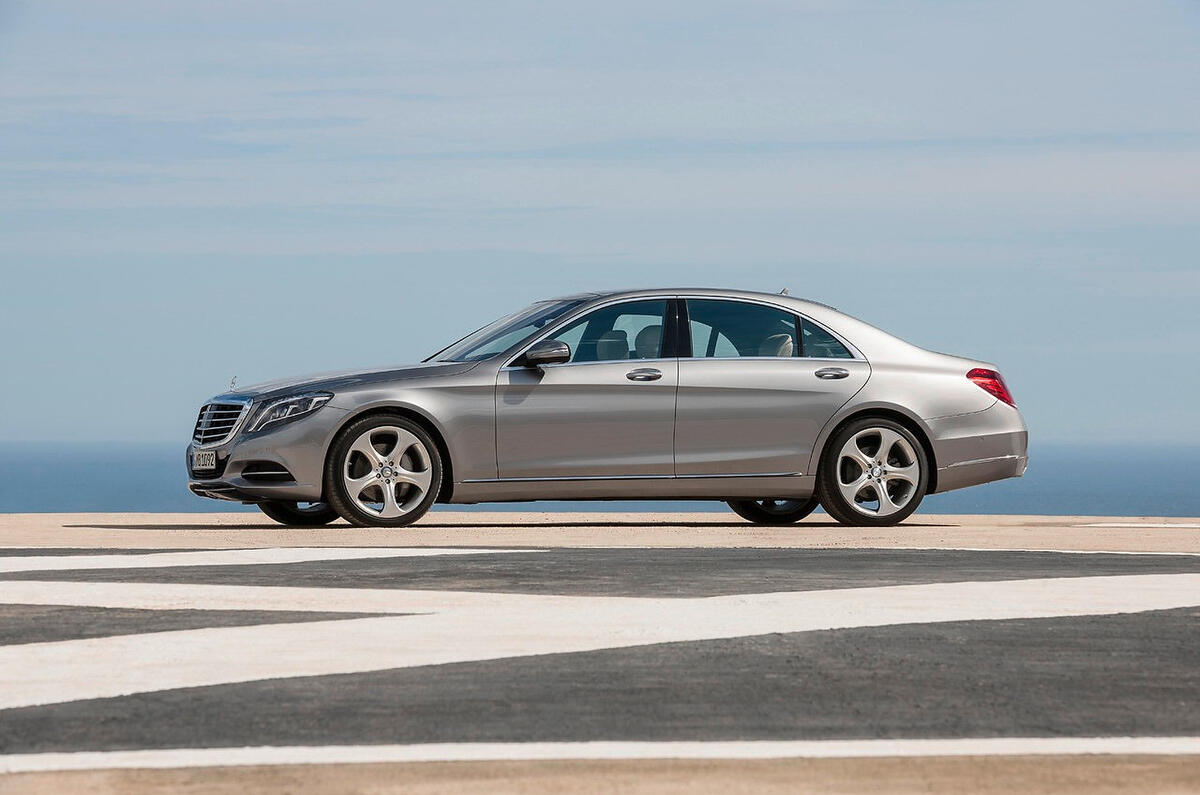
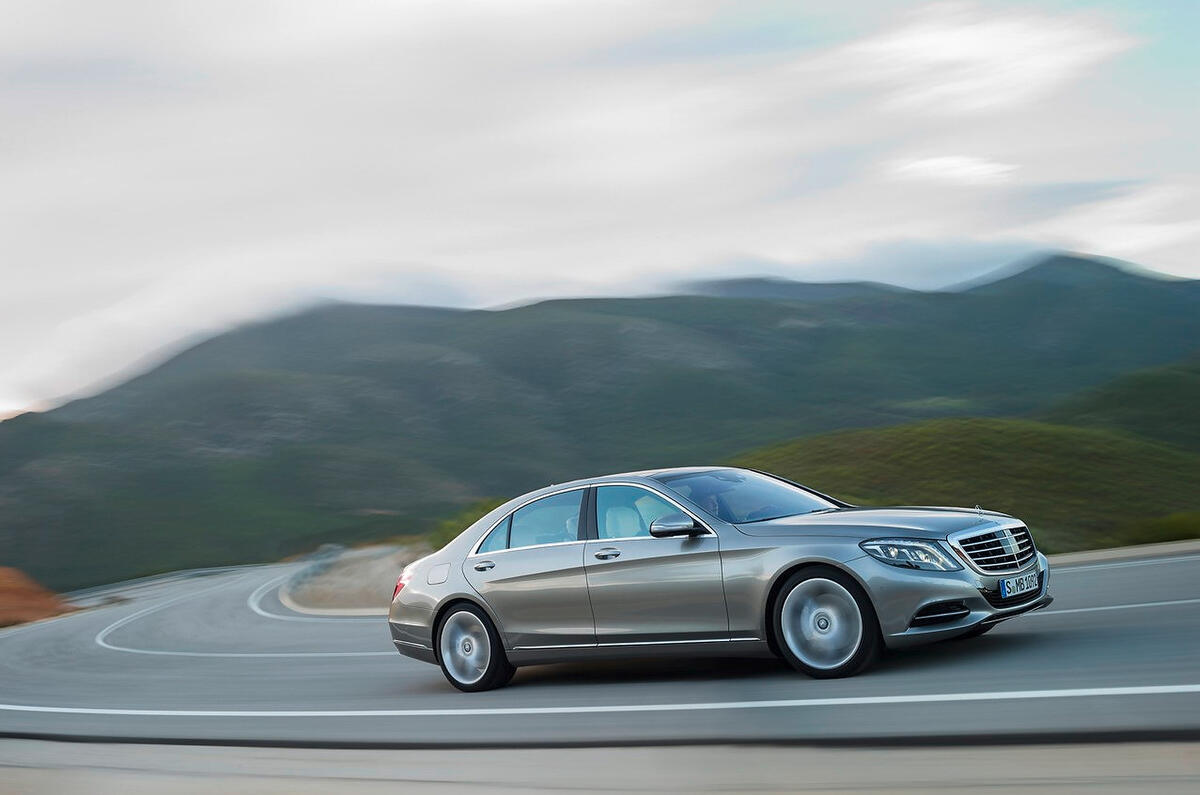
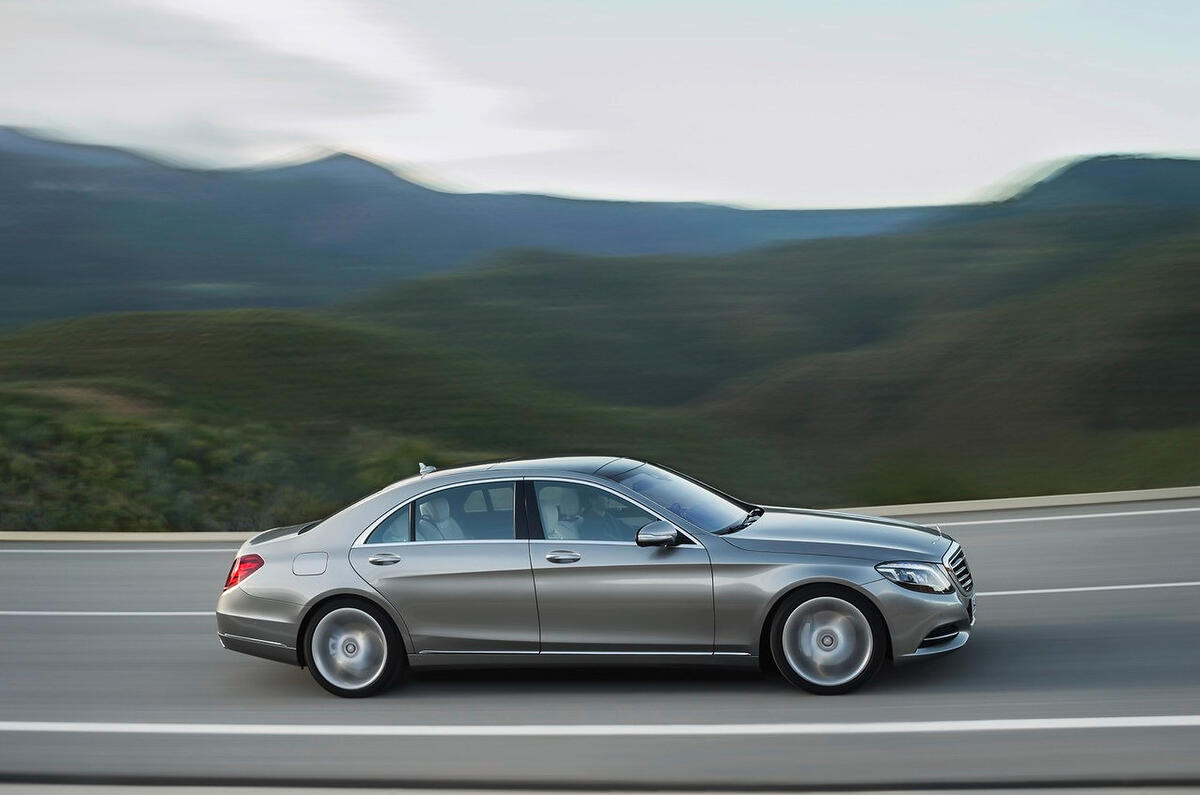
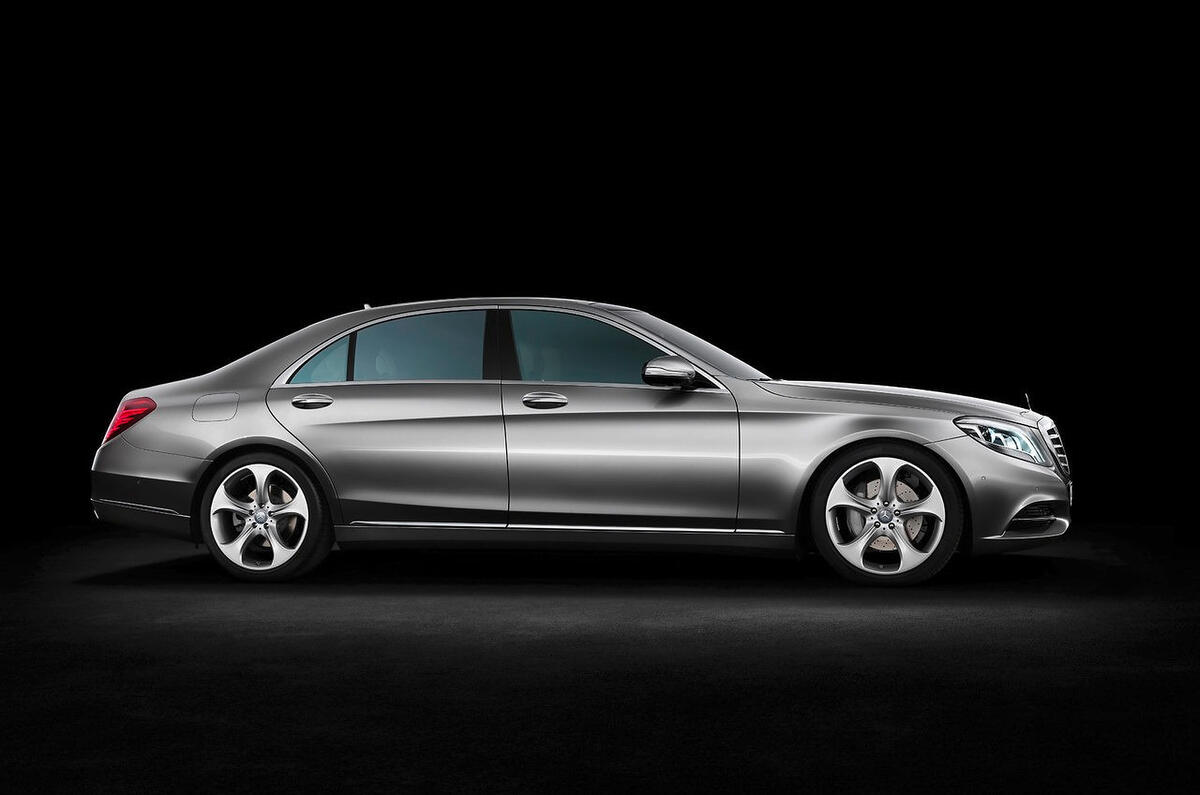
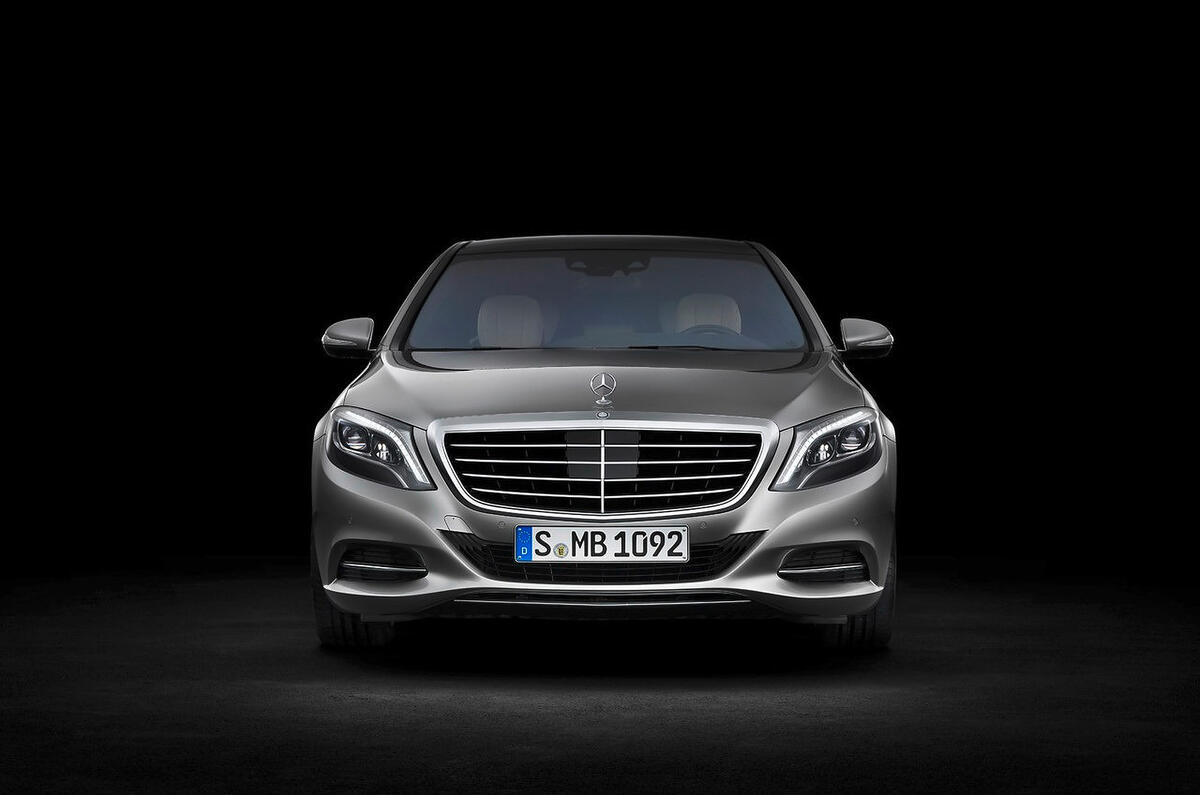

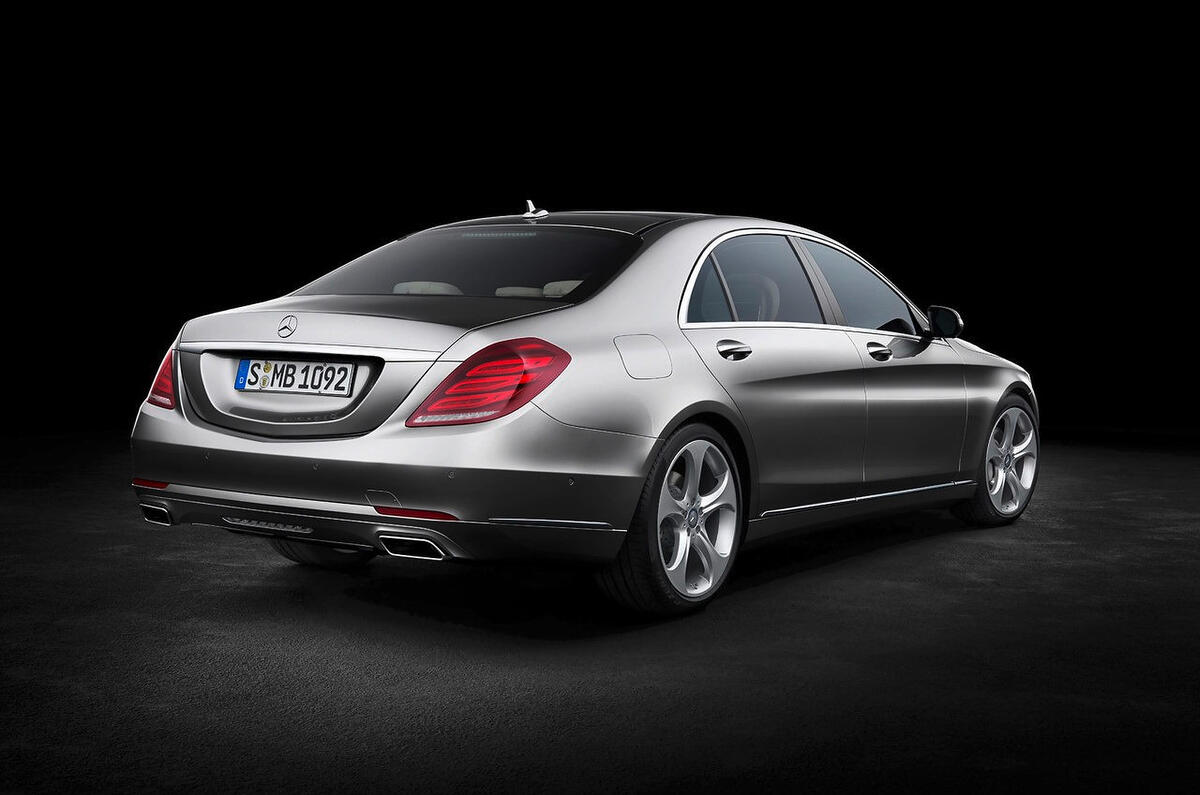
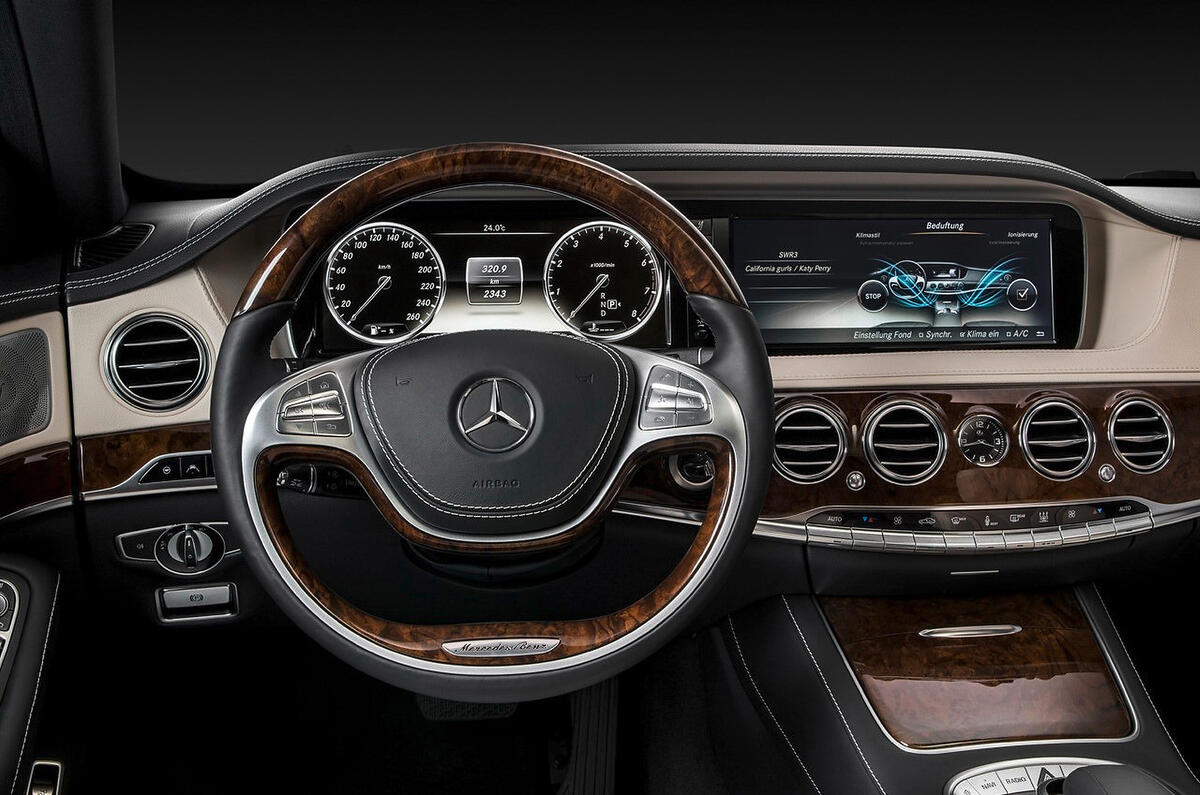
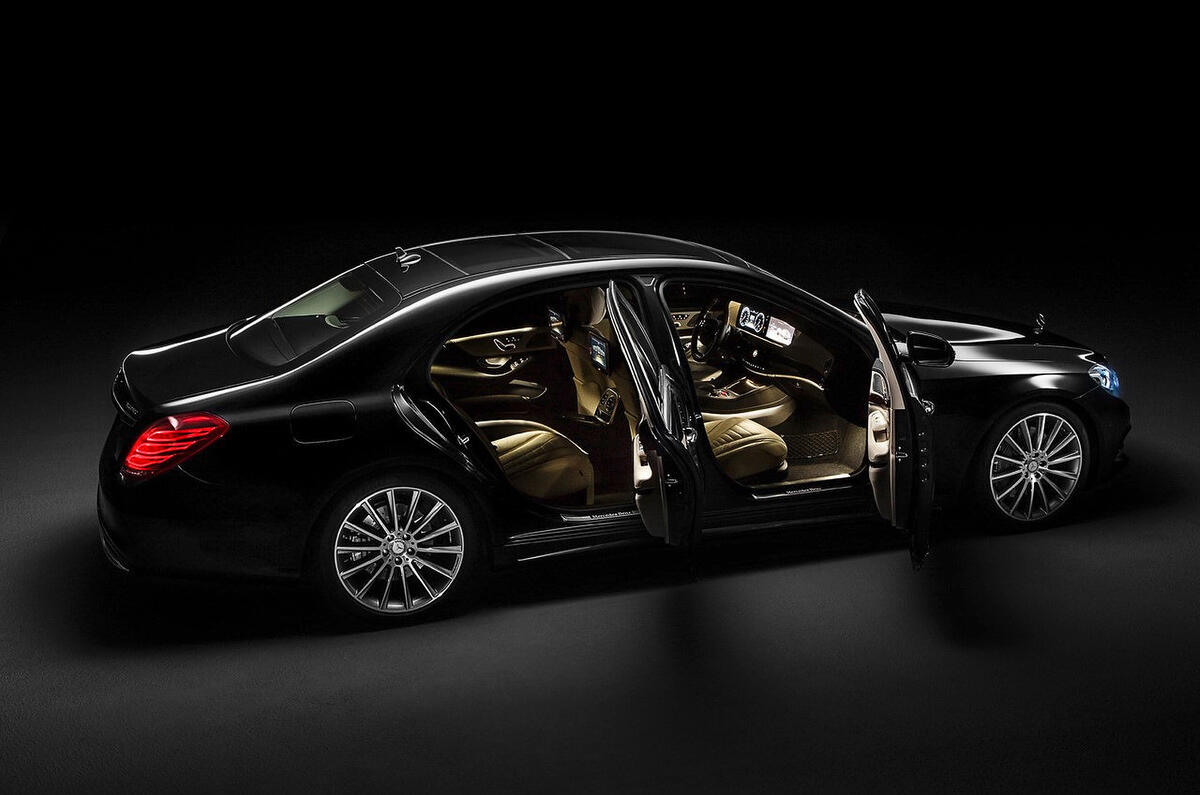
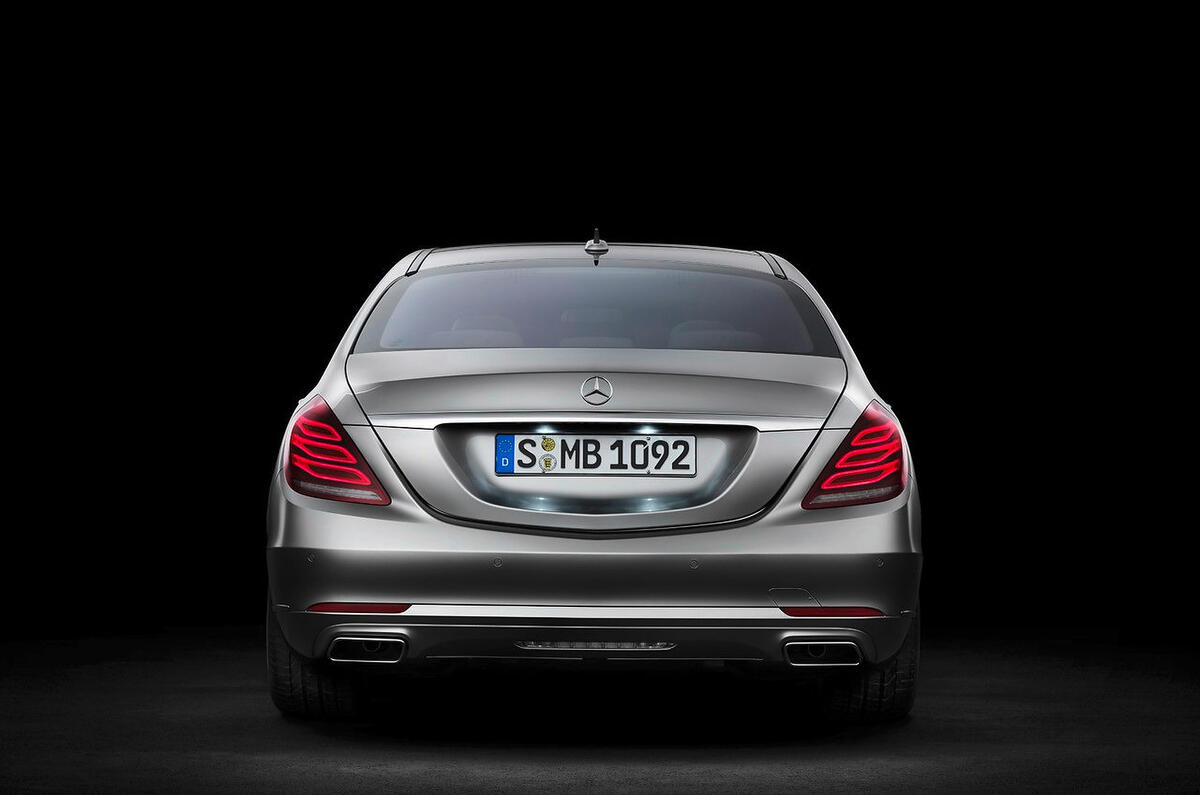
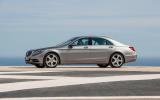
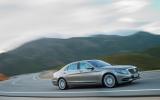
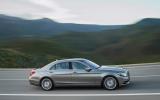
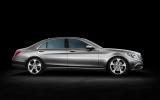
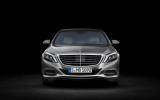
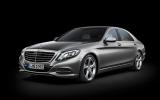
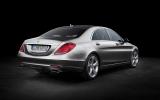
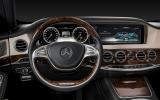

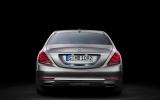


Join the debate
Add your comment
No plastic except inside the door handles?
That's complete rubbish. I've just been given a 2014 S350 courtesy car whilst my Lexus LS460 is being repaired after a rear-end shunt.
There's a fair bit of plastic in the cabin, apart from inside the door handles, which feel really quite cheap and nasty, unbecoming of even a Renault.
I actually think my 7 year old LS460 rides better than this air-spring S350 on West London's horrid road surfaces, and though its tech is older, it does at least have niceties like heated and ventilated seats all round, soft closing doors, keyless go, adaptive cruise, and lane keep assist - none of which appear to be on my S350.
'Best car in the world?' - not this particular example in my opinion.
people think
Sooner or later we will come to it and Mercedes to come ... you can not turn the clock in the balmy ... Yes, I love this brand, I love for its tradition and reliability. But sooner or later it will have to vary. While I'm sure that most fans do not think about Mercedes-saving. Some other people think about the prestige of reliability!
Pot hole Britain!
Maybe Mercedes could use collision avoidance to miss them?,wouldn't that be interesting?